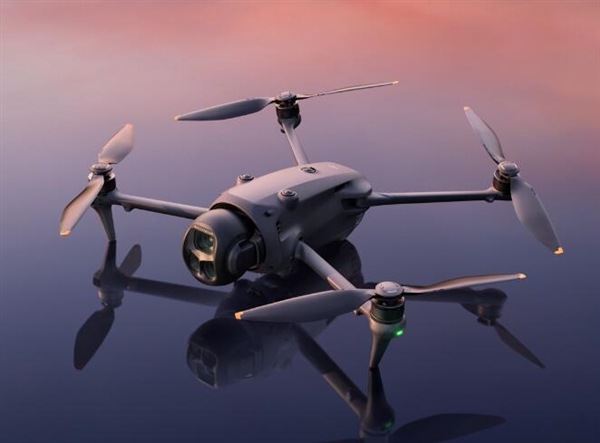In the rapidly evolving landscape of technology, drones have become ubiquitous in various sectors, including film, agriculture, and delivery services. With the popularity of drones on the rise, understanding the current trends and pricing can be beneficial for potential buyers. The drone market is teeming with options, and prices can vary significantly based on capabilities and features. Drones equipped with advanced camera systems are particularly sought after. When discussing drone and camera price, it is essential to consider the factors affecting their costs.

Understanding the Price Range
The drone and camera market is divided into different categories, ranging from beginner to professional levels. Entry-level drones, ideal for hobbyists and beginners, can cost anywhere from $100 to $500. These typically feature basic cameras and limited flight capabilities. Mid-range drones, priced between $500 to $1500, offer enhanced camera quality with higher resolution and improved stability, making them suitable for amateur photographers. Furthermore, the professional drones, which sport cutting-edge technology such as 4K cameras and extended flight times, can cost upwards of $1500, with some high-end models exceeding $5000.
Factors Influencing Prices
Several factors impact the pricing of drones and their cameras. Camera resolution is paramount; higher resolution cameras contribute to higher costs. Flight time and range are also critical; drones capable of longer durations and distances typically fetch a premium due to their advanced battery technology and superior engineering. The materials used in the drone’s construction—ranging from lightweight plastics to durable composites—can influence the price significantly. Additionally, features such as GPS, collision avoidance systems, and programmable flight paths are valuable enhancements that can affect the price.
Brand Influence and Market Trends
The reputation of the drone’s manufacturer plays a crucial role in its pricing. Established brands with a track record of quality control and innovative features often command higher prices. On the other hand, emerging brands may offer competitive pricing to attract new customers. The market trend also shows an increasing demand for drones with integrated Artificial Intelligence capabilities, further diversifying the price spectrum. There is also a growing interest in drones that can be used for specific applications such as aerial mapping, thermal imaging, and surveillance, each influencing their respective price points.

Recent Developments and Technologies
Recent technological advancements have seen the introduction of foldable drones, making them more portable than ever, and drones that can be controlled via smartphone apps. These features have changed the way consumers view accessibility and convenience, which also reflects in their pricing. Furthermore, drones equipped with first-person view (FPV) technology are becoming increasingly popular among enthusiasts, offering an immersive flight experience through live video feed to goggles or monitors, and these enhancements are a part of what justifies their cost.
The Impact of Accessories
Accessories can significantly influence the overall cost of owning a drone. Items such as additional batteries, carrying cases, and propeller guards, though often sold separately, are critical for enhancing the flying experience and extending the lifespan of the drone. While some drone packages include these accessories, others may require additional purchases, influencing the overall investment one needs to make. For individuals interested in drone photography, gimbal stabilizers and lens filters are also worthwhile considerations.
FAQs
What is the best drone for beginners?
For beginners, it is advisable to start with a budget-friendly drone like the DJI Mini 2, which offers a great balance of price, features, and ease of use. This entry-level model provides decent camera quality and stable flight, making it ideal for learning the ropes.
How do camera drones differ from regular drones?
Camera drones are specifically equipped with high-resolution cameras and other features tailored for photography and videography. They prioritize camera quality and include advanced stabilization features that are not typically found in standard drones. This specialization often results in a higher price point.
Are there hidden costs in purchasing a drone?
Yes, potential hidden costs can include accessories such as extra batteries, memory cards, and replacement parts. Additionally, for commercial drone usage, you may need to factor in costs for licensing and insurance.